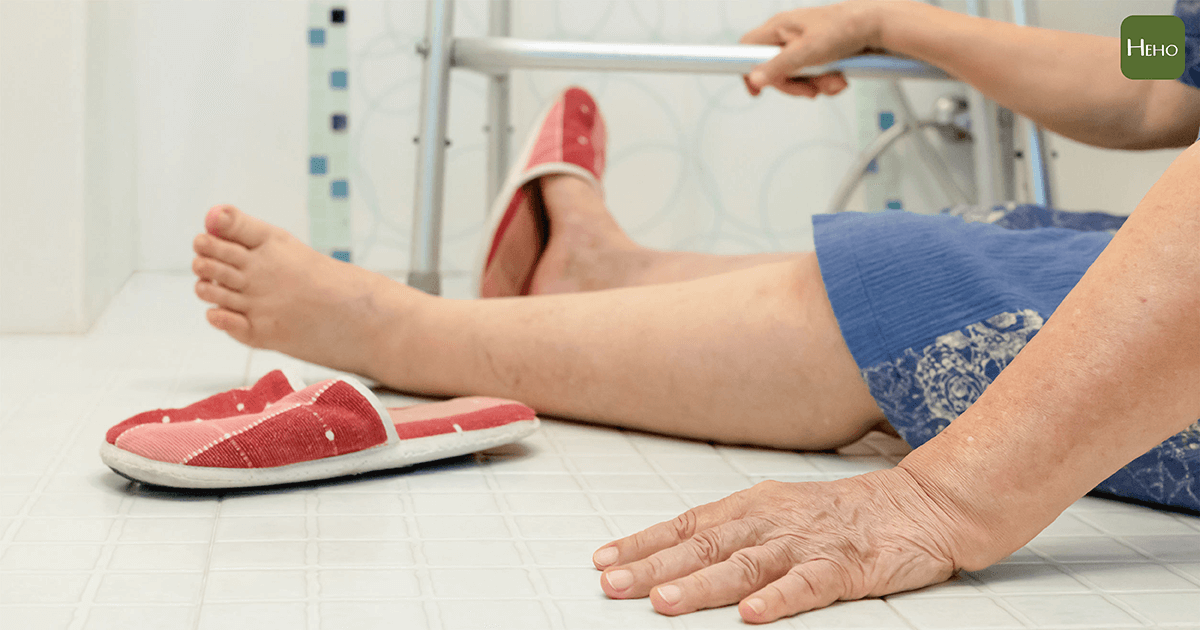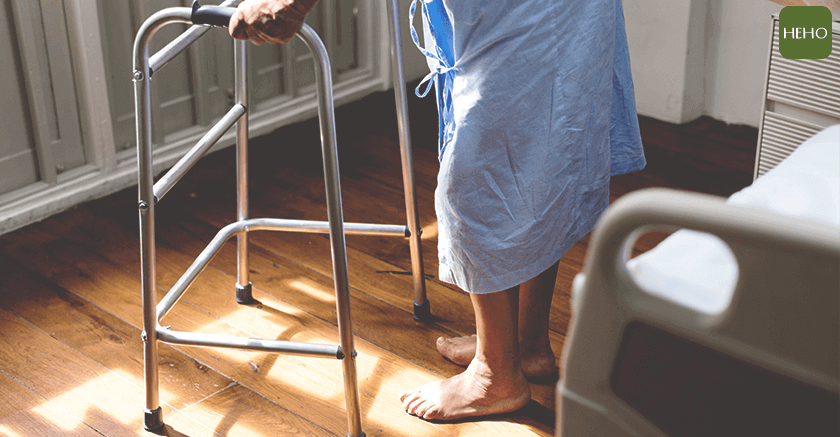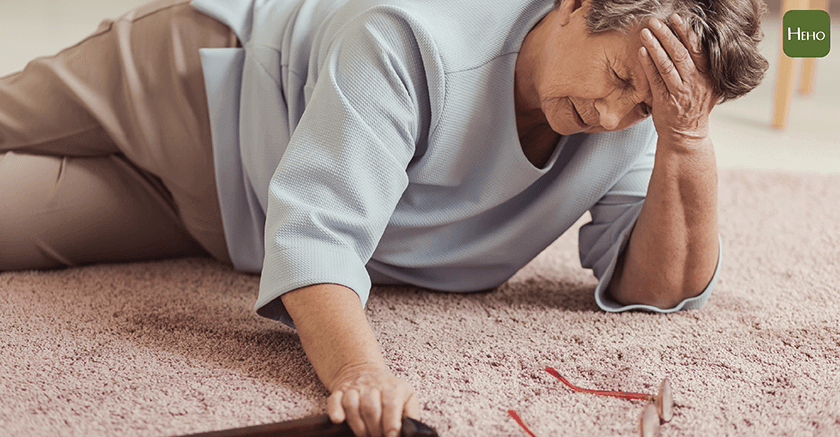Falls are the leading cause of accidental death among the elderly. Due to common comorbid conditions such as osteoporosis and organ function decline, even minor falls can pose significant risks. According to statistics from the United States, falls are the primary cause of accidental death among people aged 65 and older, while in Taiwan, they are the second leading cause.
Health Risks of Falls
Dr. Dai Zhirong from the Department of Family Medicine at Kaohsiung Medical University's Gangshan Hospital emphasizes that falls among the elderly are a serious health risk. Clinically, many patients who have experienced a fall become dependent on wheelchairs and find that their previously well-controlled blood sugar and blood pressure levels spike due to decreased mobility and poor emotional state, leading to a worsening of their overall health. More than half of elderly falls occur within the home, with bathrooms being particularly high-risk areas. (Image/Provided by Heho Health)
More than half of elderly falls occur within the home, with bathrooms being particularly high-risk areas. (Image/Provided by Heho Health)
Many believe that elderly individuals are more likely to fall or have accidents while outside, but falls at home are also a significant concern. According to the National Health Service's survey, "falls" have been the second leading cause of accidental injury deaths among the elderly in recent years, with 1 in 6 people aged 65 and older reporting a fall in the past year. The most common locations for falls are the bedroom (35.6%), living room (30.8%), and bathroom (17%).
Why Do Falls Often Happen in the Bedroom? Dr. Dai explains that when the elderly get out of bed or change positions, their neurological responses are slower, making them prone to orthostatic hypotension. This is particularly common among those with chronic diseases. The likelihood of falling is higher when moving positions.
Muscle weakness is one of the main causes of falls. Statistics show that the risk of accidents while descending stairs is higher than when ascending. After a severe fall (e.g., fractures or head injuries), the mortality and disability rates significantly increase within a year.
Some elderly individuals may reduce their activity or avoid going out due to fear of falling again. This not only leads to a decline in physical function and mobility but also results in social isolation and psychological issues. Elderly individuals should engage in strength training exercises to reduce fall risk, such as squats to strengthen leg muscles, brisk walking, stationary cycling, swimming, Tai Chi, and yoga to improve balance and flexibility. Elderly individuals and their families should work together to ensure a safe and healthy living environment. (Image/Provided by Heho Health
Elderly individuals and their families should work together to ensure a safe and healthy living environment. (Image/Provided by Heho Health
Self-Testing for Muscle Weakness
Many elderly people ask how to determine if they have muscle weakness. Dr. Dai provides a self-testing method: if elderly individuals find it difficult to stand up from a chair or lift objects heavier than 5 kilograms, it may be a sign of sarcopenia, and they should consult a professional to strengthen their muscles. In addition to varied exercise, maintaining a balanced diet and adequate protein intake is essential to prevent sarcopenia.
Maintaining a healthy lifestyle, strengthening muscles, and ensuring home safety are key measures to prevent falls among the elderly. Both the elderly and their families should work together to ensure a safe and healthy living environment.







